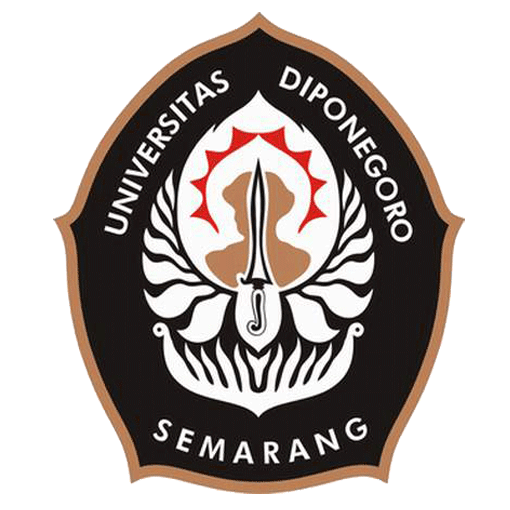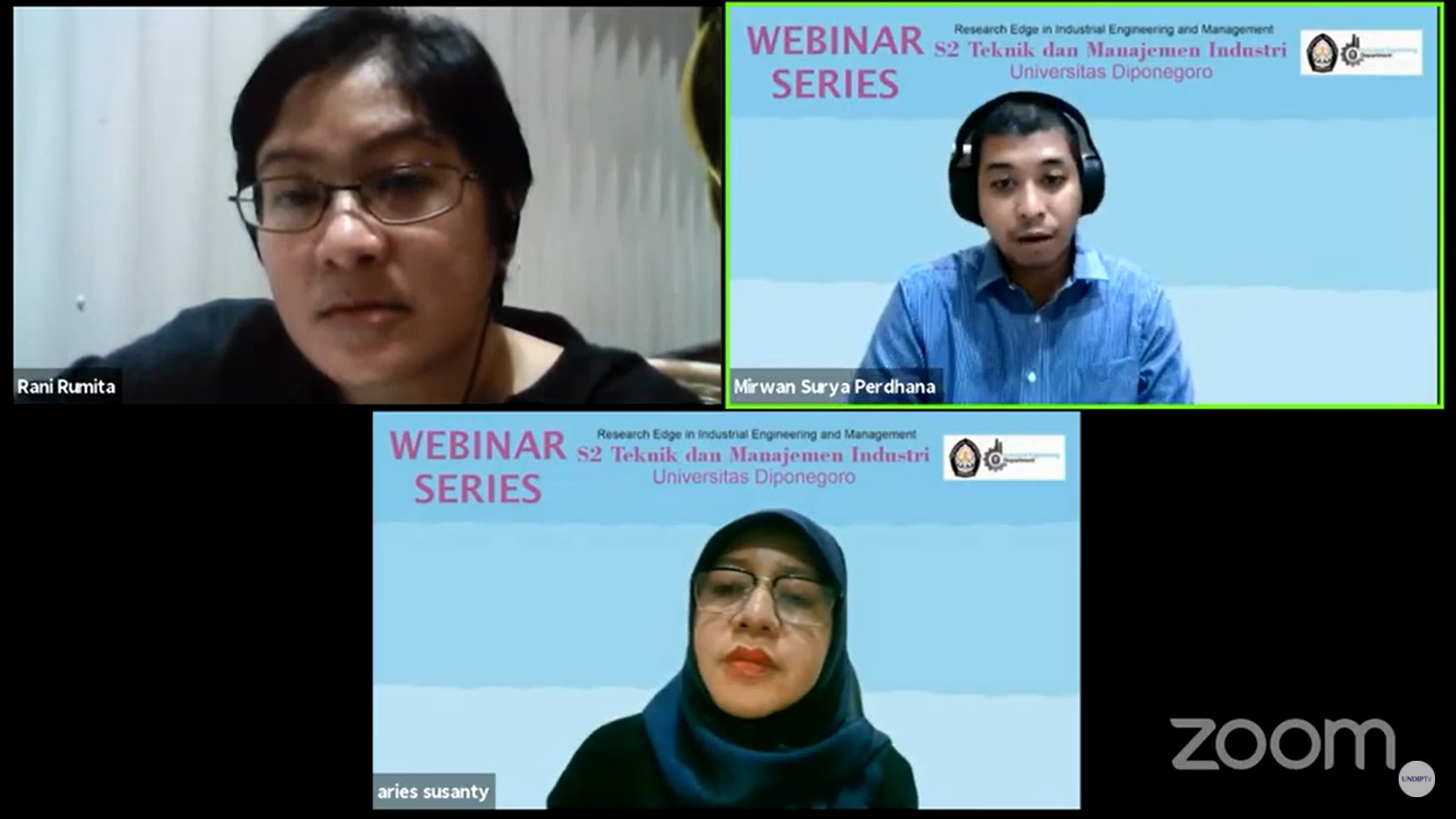SEMARANG – The Master of Industrial Engineering Study Program, Faculty of Engineering, UNDIP (Diponegoro University) held the 19th Webinar Series with the topic “Research Edge in Industrial Engineering and Management” with a focus on Halal Logistics. There are two experts as resource persons, namely a lecturer who is also the Head of the Industrial Optimization and Industrial System Planning Laboratory of Faculty of Engineering Undip, Prof. Dr. Aries Susanty, S.T., M.T. who presented a paper entitled “Halal Logistics: Barrier and Framework Measuring System”; and the Chair of the Management Postgraduate Study Program of Faculty of Economics and Business UNDIP, Mirwan Perdana, S.E., M.M., Ph.D who presented the material entitled “Cooperation A Cultural Perspective”.
According to Prof. Aries Susanty, there are three main things that are used as criteria for measuring halal logistics, they are direct contact with haram (non-halal) goods, risk contamination and perception. To measure it, there are 20 indicators that can be used, all of which are divided into two groups, namely mandatory and preference.
Mandatory halal logistics indicators usually use a binary scale where the answer is a clear yes or no; while those in the preference category can use a more varied scale. Therefore, Aries Susanty advised audit institutions to pay more attention to transportation and storage aspects in measuring halal logistics.
In addition to the distribution process, the measurement of halal logistics is also seen from the treatment at the storage area, including separating halal cargo and non-halal cargo during the warehousing process. The layout of the warehouse facilities must also be designed to easily separate halal and non-halal products. “Things related to distribution and treatment during transportation do not allow vehicles transporting non-halal products to be used to transport halal products without cleaning with methods according to Islamic law,” he said, on Friday (10/22/2021).
It also revealed the need for halal products and services at the global level, according to The World Population Review (2019), to serve 1.8 billion Muslims. The value of halal products in 2019 reached US$ 2.2 trillion and will reach US$ 3.2 trillion in 2024 (Dinar Standard, 2019). There is an increasing awareness that changes the trend view among Muslims about halal products into something that must be done and obtained, besides that non-Muslims have started to know and be interested in halal products and services.
Citing Susilawati 2020, in Indonesia in 2020 there will be 268 million Muslims. In 2017 the consumption of halal products and services was worth US$ 218.8 billion, and in 2025 the amount could reach US$ 330.5 billion with an average growth of 5.3%. The magnitude of the need to form a halal supply chain consisting of Sharia Halalan Toyyiban plus a supply chain consisting of sourcing, operations management, logistics and integration. Meanwhile, what is meant by Halal Supply Chain is the application of Sharia principles in all supply chain activities.
Mirwan Surya Perdhana, S.E., M.M., Ph.D as the second speaker highlighted the impetus for cooperation such as the similarity of religion, values or perceptions of good or bad about something. Unfortunately, as stated by Henrich et al. 2010, value is something that is internal so it cannot be known at a glance.
One of ways to be able to see the value from the surface is through symbols, because symbols appear as the embodiment of values that can be seen with a cultural approach. Through culture, values will manifest into rituals and then become symbols, so that particular values can be seen directly. Mirwan gave an example of residents in Germany, Switzerland and Japan who are very proud of the watches they wear because it reflects their culture that values time very much.However, Mirwan reminded that using a cultural approach is not easy because each culture has a unique and different perception. However culture is very important because it is a determinant of society. To understand the culture of a group, Mirwan suggested using Geert Hofstede’s six dimensions, namely power distance, collectivity vs. individuality, uncertainty avoidance index, femininity vs. masculinity, short time long term orientation, and restrain vs indulgence.
Vice Rector IV Undip, Prof. Dr. Ambaryanto expressed his appreciation for the implementation of this 19th webinar because it is a knowledge sharing program for lecturers at UNDIP. This activity is also carried out jointly between existing departments as a form of strengthening synergies. He hoped the webinar series will focus on matters related to ranking.
Prof. Ambariyanto also appreciated the achievement where 80% of industrial engineering lecturers have become presenters in the webinar series. This is a good opportunity to show the progress of our colleagues and to share knowledge with fellow lecturers. Sometimes even though we are in one department, we do not understand the special skills obtained by our colleagues, the researches they carry out, and also the progress of their researches. (PR team)

